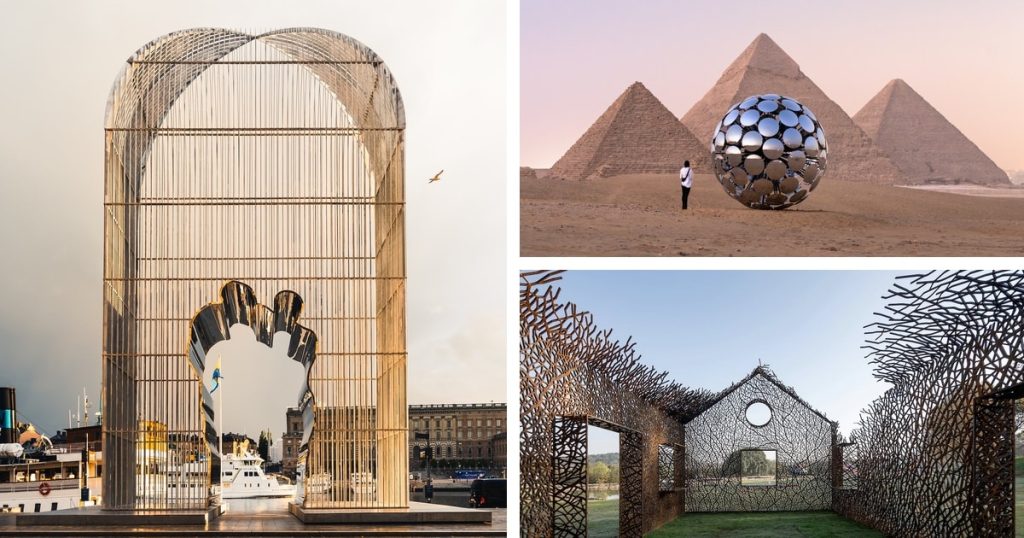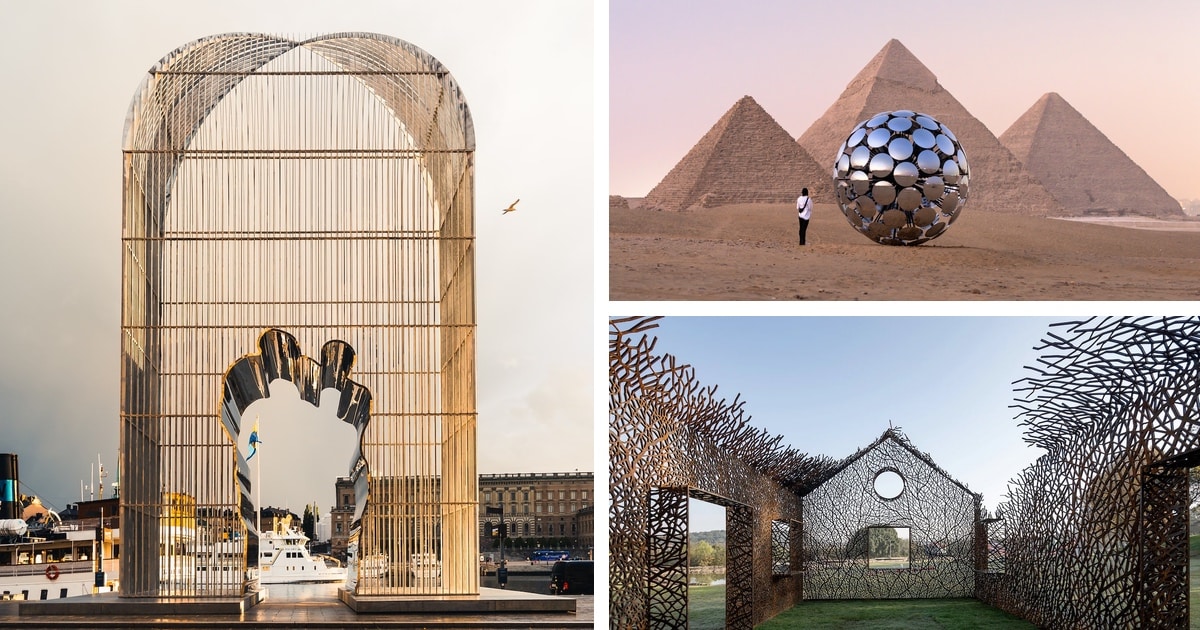
The Diverse and Innovative Legacy of New York’s Pyramid Club

In the early ’80s, the East Village was nothing like it is today. No high-priced restaurants, national chains, or tourists. New York University (NYU) dorms did not stretch this far east. We did most of our shopping from sidewalk street vendors who spread their wares on sheets. Everyone I knew from back then had either been mugged, burglarized, or both. That was when a 23-year-old Bobby Bradley and his boyfriend, Alan Mace (AKA Sister Dimension), decided to join forces with owner Richie Hajguchik and turn what had been an old Ukrainian bar into what would become New York City’s premier boy bar/night club.
In the tradition of Edie (1982), by Jean Stein, and Please Kill Me (1996), by Legs McNeil and Gillian McCain, We Started a Nightclub chronicles the sharp rise and tragic fall of the Pyramid — and, with it, so much of the 1980s East Village scene. Told through a succession of rapid-fire oral history accounts, the book portrays key players from one of America’s most creative communities. We learn of those who came before (Jack Smith, Jackie Curtis, Charles Ludlum) and those who made it big (RuPaul, Karen Finley, Keith Haring, David Wojnarowicz, Steve Buscemi), but we also get a glimpse of so many more who were wild and original, and died too soon to enter the mainstream. What started as camp drag performances expanded into political and social satire, readings, rants, and a rock ‘n’ roll venue that helped launch the careers of such bands as Nirvana and the Red Hot Chili Peppers.
The three co-authors of We Started a Nightclub are the late Brian Butterick, a manager at the Pyramid, founding member of the band 3 Teens Kill 4, and performer under the moniker Hattie Hathaway; Kestutis Nakas; and Susan Martin. Martin was the publicist for the club, and the 30 pages of press releases and flyers in the appendix (made not only pre-AI but also pre-desktop printing) in the appendix could easily be a book of its own.
The book is structured in short chapters that chronicle the evolution of the club over the years through different voices. As is common with this genre, sometimes the myth-making feels a little redundant, with multiple people retelling key stories or citing the same colorful characters. But considering the number of narrators and span of events, the editors give the reader telling glimpses into much of the underground downtown scene. For instance, it demonstrates that many of the employees and performers (who frequently blur together) previously worked in some of the same places, like the Mudd Club, Club 57, and Interferon, before they went out of business.
But it’s stories about artists and performers that take up most of the book. Performances by John Sex, Tabboo!, Hapi Phace, Tanya Ransom, and Ann Magnuson; films by Jacob Burckhardt and Nick Zedd; and the bands 3 Teens Kill 4, Beastie Boys, and Deee-Lite all appear in the first few pages. Among the more ambitious shows it touches on are Chang in A Void Moon, John Jesurun’s play about a con man’s endless schemes to defraud the dysfunctional Peters clan and countless others who conspire to kill him, which ran in a series from June 1982 to June 1983. Titus Andronicus and The Andrew Carnegie Story, with their sprawling casts and crazy campy hijinks both, followed suit. Ethyl Eichelberger arrived at the club already an accomplished theater actor and playwright. In an ongoing series she portrayed great “historical hysterical” ladies through the ages — Nefertiti, Lucrezia Borgia, and Catherine the Great among them — through hilarious monologues delivered at a manic pace, frequently while playing the accordion.
Lady Bunny arrived in 1984 and became an integral part of the place. The following year, she became a founding member of Wigstock and staged it in the old bandshell in Tompkins Square Park. Over the years, the Wigstock Festival moved from the East Village to Union Square to the West Village, where an estimated 50,000 people crowded in, bringing on stage a variety of celebrities. Looking back at those huge outdoor crowds, it’s hard to explain how over a few years, those two kids in their twenties, Sister Dimension and Bobby Bradley, turned a dying Eastern European hole in the wall in the Lower East Side into an innovative venue that amused and intrigued a new audience, harnessing and bringing together so many different creative forces and allowing for a wild new culture to arise. While corporate investors consider projects based on financial investments and safe bets, the Pyramid Club took chances on hungry